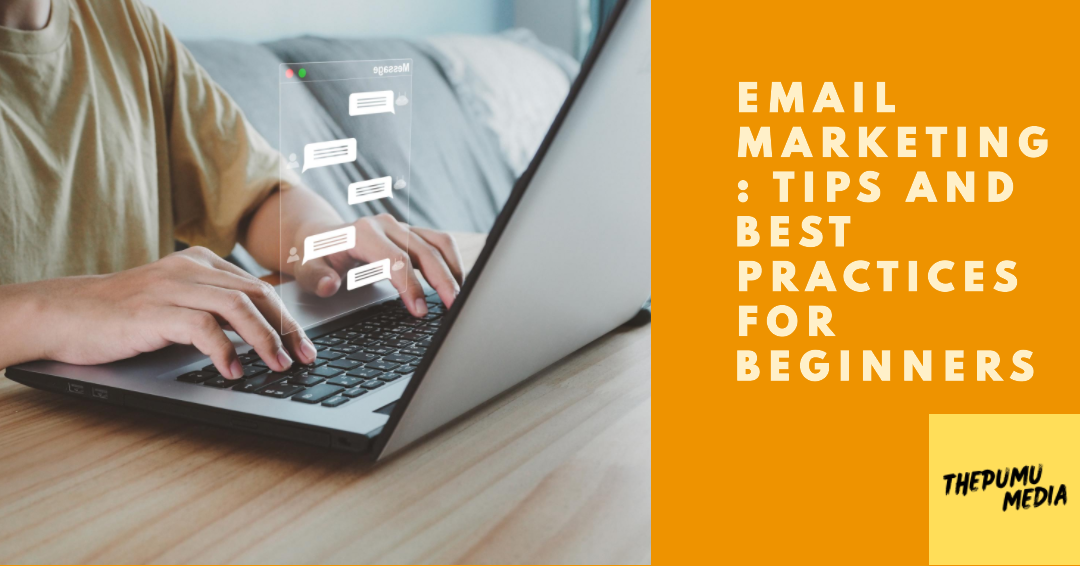Introduction
Email marketing is a powerful tool in the world of digital marketing. It allows businesses to connect with their audience, build relationships, and drive conversions. Whether you’re a small startup or a large corporation, email marketing can be a game-changer for your marketing strategy. In this article, we’ll explore the basics of email marketing and provide ten frequently asked questions (FAQs) to help beginners grasp the essentials.
Table of Contents
- What is Email Marketing?
- Why is Email Marketing Important?
- Building Your Email List
- Crafting Engaging Emails
- Email Automation
- Measuring Email Marketing Success
- Avoiding Common Pitfalls
- Legal Compliance
- Email Marketing Tools
- FAQs About Email Marketing
Section 1: What is Email Marketing?
Email marketing involves sending targeted emails to a group of people who have willingly subscribed to receive messages from your business. These emails can include promotions, newsletters, updates, and other valuable content.
Section 2: Why is Email Marketing Important?
Email marketing offers several benefits, such as a high return on investment (ROI), direct communication with your audience, and the ability to personalize messages.
Section 3: Building Your Email List
Learn how to grow your email list organically by capturing leads through your website, social media, and events. Avoid buying email lists, as they can lead to spam complaints.
Section 4: Crafting Engaging Emails
Discover tips for creating compelling subject lines, writing persuasive content, and using eye-catching visuals to keep your subscribers engaged.
Section 5: Email Automation
Explore the advantages of automating your email campaigns, including drip campaigns and autoresponders. This saves time and ensures timely communication.
Section 6: Measuring Email Marketing Success
Dive into the metrics that matter, such as open rates, click-through rates, conversion rates, and unsubscribe rates. Understanding these metrics helps you refine your strategy.
Section 7: Avoiding Common Pitfalls
Avoid spammy tactics, such as excessive use of exclamation points and all-capital letters. Also, be mindful of email frequency and unsubscribes.
Section 8: Legal Compliance
Understand the importance of complying with email marketing laws, such as the CAN-SPAM Act, and how to include an unsubscribe option.
Section 9: Email Marketing Tools
Explore various email marketing platforms and tools like Mailchimp, Constant Contact, and HubSpot. These platforms simplify email creation, list management, and analytics.
Section 10: FAQs About Email Marketing
FAQ 1: What’s the difference between a newsletter and a promotional email?
A newsletter typically contains valuable content, updates, and news, while promotional emails focus on selling products or services.
FAQ 2: How often should I send emails to my subscribers?
It depends on your audience and content. Aim for consistency, but avoid overwhelming subscribers with daily emails.
FAQ 3: Can I use purchased email lists?
It’s best to avoid them, as they often lead to low-quality leads and spam complaints.
FAQ 4: How do I prevent my emails from going to the spam folder?
Use a reputable email marketing platform, send relevant content, and include an unsubscribe option.
FAQ 5: What’s a good open rate for email campaigns?
The average open rate varies by industry but is typically around 20-25%. Aim to improve over time.
FAQ 6: How can I personalize my emails for better engagement?
Segment your email list and use recipient’s names and tailored content to make emails more personal.
FAQ 7: What’s the best time to send emails for maximum impact?
It varies by audience, but generally, Tuesdays and Thursdays in the late morning or early afternoon work well.
FAQ 8: How can I measure the success of my email campaigns?
Look at metrics like open rates, click-through rates, and conversion rates to assess your campaign’s performance.
FAQ 9: What should I do if subscribers aren’t opening my emails?
Try reengagement campaigns, adjust your subject lines, or update your content to rekindle their interest.
FAQ 10: Is email marketing suitable for small businesses?
Absolutely! Email marketing is cost-effective and can yield significant results for small businesses.
Conclusion
Email marketing is a versatile and cost-effective way to engage with your audience and drive business growth. By following these tips and understanding the fundamentals, even beginners can harness the power of email marketing to achieve their marketing goals. Remember to stay compliant with email laws and always prioritize providing value to your subscribers.


